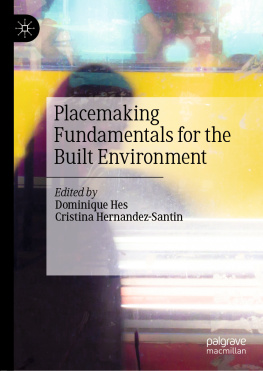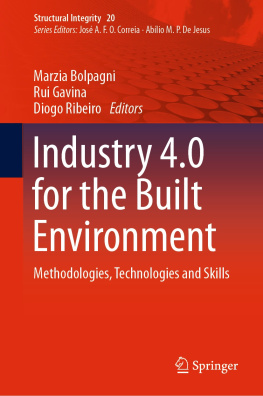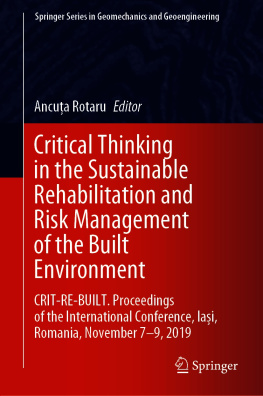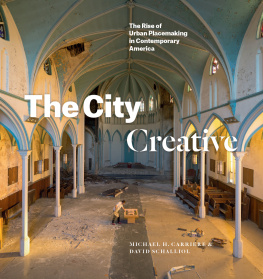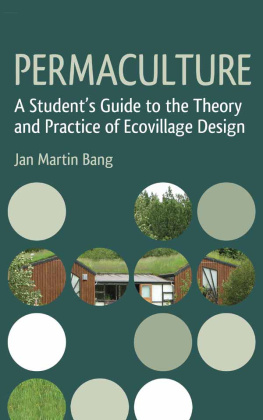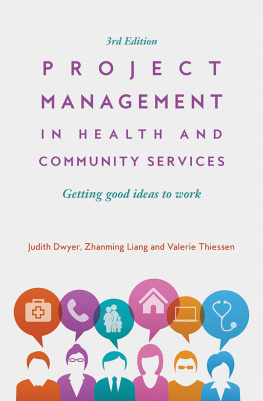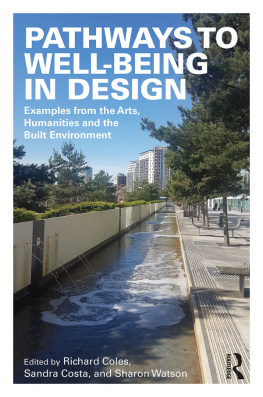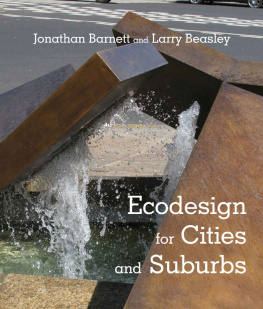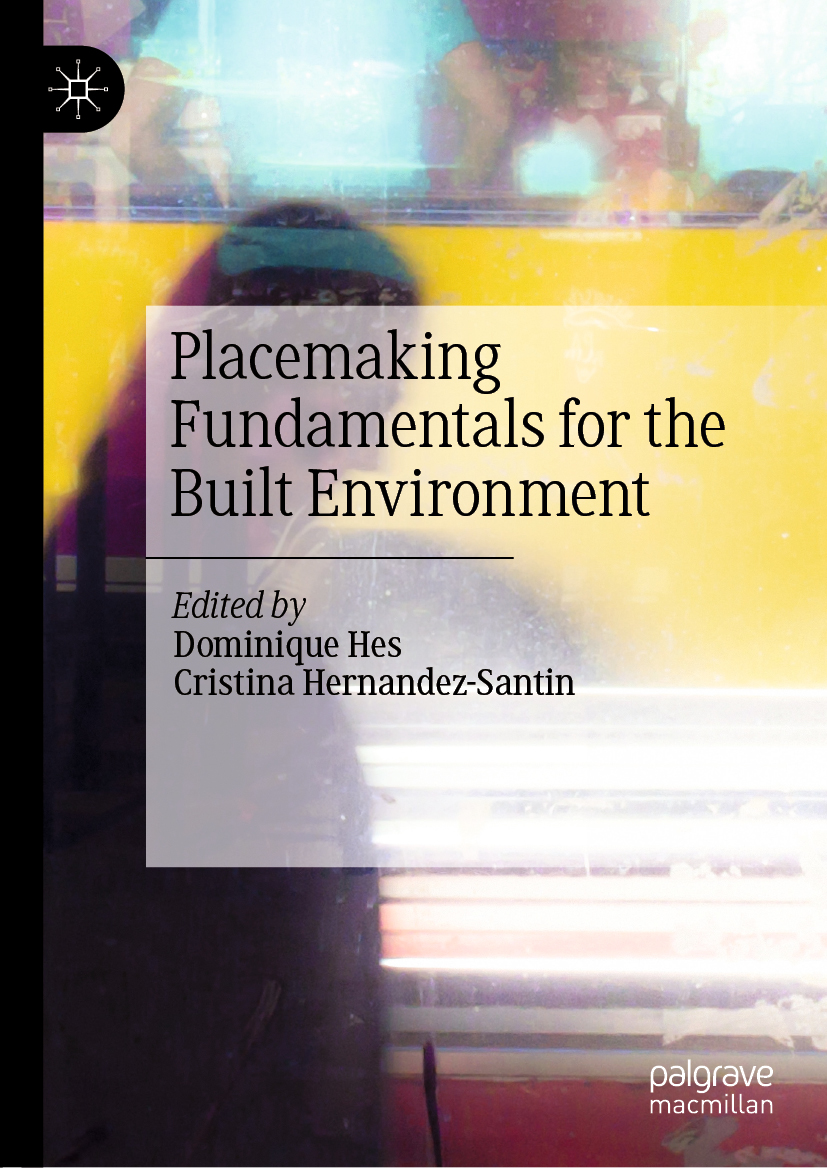Editors
Dominique Hes and Cristina Hernandez-Santin
Placemaking Fundamentals for the Built Environment
Editors
Dominique Hes
Place Agency, Faculty of Architecture, Building and Planning, University of Melbourne, Parkville, VIC, Australia
Cristina Hernandez-Santin
Thrive Research Hub and Place Agency, Faculty of Architecture, Building and Planning, University of Melbourne, Parkville, VIC, Australia
ISBN 978-981-32-9623-7 e-ISBN 978-981-32-9624-4
https://doi.org/10.1007/978-981-32-9624-4
The Editor(s) (if applicable) and The Author(s), under exclusive license to Springer Nature Singapore Pte Ltd. 2020
This work is subject to copyright. All rights are solely and exclusively licensed by the Publisher, whether the whole or part of the material is concerned, specifically the rights of translation, reprinting, reuse of illustrations, recitation, broadcasting, reproduction on microfilms or in any other physical way, and transmission or information storage and retrieval, electronic adaptation, computer software, or by similar or dissimilar methodology now known or hereafter developed.
The use of general descriptive names, registered names, trademarks, service marks, etc. in this publication does not imply, even in the absence of a specific statement, that such names are exempt from the relevant protective laws and regulations and therefore free for general use.
The publisher, the authors and the editors are safe to assume that the advice and information in this book are believed to be true and accurate at the date of publication. Neither the publisher nor the authors or the editors give a warranty, expressed or implied, with respect to the material contained herein or for any errors or omissions that may have been made. The publisher remains neutral with regard to jurisdictional claims in published maps and institutional affiliations.
Cover credit: Alex Linch/shutterstock.com
This Palgrave Macmillan imprint is published by the registered company Springer Nature Singapore Pte Ltd.
The registered company address is: 152 Beach Road, #21-01/04 Gateway East, Singapore 189721, Singapore
To all those who are working on strategies to connect people to place. We hope this book helps you with your journey.
Foreword
While the placemaking movement has flourished in the last decade or two, the notion of place is not new. Placemaking is connected to practices that have been living for thousands of years as well as to new contemporary initiatives that thrive in our present-day culture. In Placemaking Fundamentals for the Built Environment , the knowledge, experience and ideas of many academics, professionals and communities working in this field are shared with a view to expanding practice, furthering our understanding and enabling others through capacity building. While not a comprehensive account of an increasingly diverse and complex field, it does attest to the investment and energy engaging with place at all levels.
Placemaking can be understood as an intentional process of situating, revealing and creating meaningful environments. Places are diverse; they can be vibrant urban streets that come alive with neighbourhood gathering; stretches of wilderness for reflective walking; a residual space commandeered from under a bridge that serves as a meeting place or highly intentional creative endeavours like public squares that create a heart for a city. What is clear from the chapters in Placemaking Fundamentals for the Built Environment is that place is about peoples engagement with environments, with ecologies, and with each other.
For me, the key outcome of placemaking, whether it has been intentional or through happenstance, is the sense of attachment we can feel to the place. Places enable connections; sometimes these are intense and formative to our sense of ourselves, and at other times, our attachment may be momentary and quickly dissipate. This place attachment, is what makes us feel that we are part of a place and that we belong. It gives us a desire to live in it, invest in it and share that experience with others.
Even though there is an increasing interest in place and in placemaking, there is no consensus on its definition. For some, placemaking is about fleeting events that disappear as quickly as they were made, and for others, placemaking is about permanence, materiality and transcendence across time. Perhaps, this ambiguity is placemaking and places greatest strength. Although we cannot agree that place is one thing, there is a shared energy that placemaking is a valuable contribution to the lives lived in cities, neighbourhoods and rural areas.
The case studies, frameworks and methods for and about placemaking presented here attest to a broad engagement with place across industry, creative professionals, institutions and governance. The collaboration and contributions are part of a momentum and a desire to be connected to where we live, work and play, to feel included in the places we inhabit. The contributions in this book are an invitation to reflect on how you might make your own place.
Cristina Garduo Freeman
The University of Melbourne, Parkville, Australia
Preface
Acknowledgement to First Nations
We acknowledge the First Nations People of the places where we work and live. We acknowledge how critical it is to engage with and listen to their voices and respect the knowledge and contribution that elders past, present and emerging have to develop thriving places.
We are here now and telling our stories, the Narinya (Living Dreaming) and the Garuwanga (Ancestral Dreaming). But is anyone listening? So many decisions are being made, projects developed and Country cleared (still) that it appears to local Sydney Aboriginal people that, no, no-one is listening.
Shannon Foster
Sydney Dharawal Knowledge Keeper
Introduction to This Book
This book aims to support the competency in both graduates and placemakers in the world in the knowledge, art and practice of placemaking. It came from research done in 2016 with 35 educators across Australia. They identified that graduates were coming out of university with the theoretical knowledge, that is the case studies, research and theories of placemaking but not the engagement skills. One student said: we keep being told engagement is so important, but this is the first time we actually got to work with community, to engage. Although community, government and industry see the importance of connecting communities to their places and give them agency to care for place, they do not often have all the skills or understanding of how to facilitate this to its potential.
The basis for the content of this book was developed over a two-day workshop with 55 academics and industry practitioners (3031st of October 2017) where the current needs were identified and then the topics that would fill these needs. From this workshop, 300 capabilities and capacities were gathered, and from these, 62 skills of creating places were identified while the rest were areas of understanding that needed to be fostered. These were aggregated into 13 themes, which form the basis of this book. As it is the intention of this book to be both rigorous and tacit, the chapters contain both the latest theory, thinking, literature, case studies and practical aspects.

